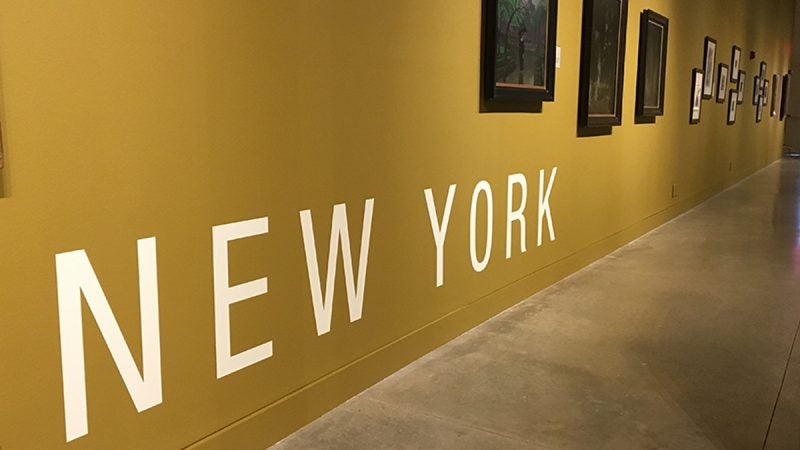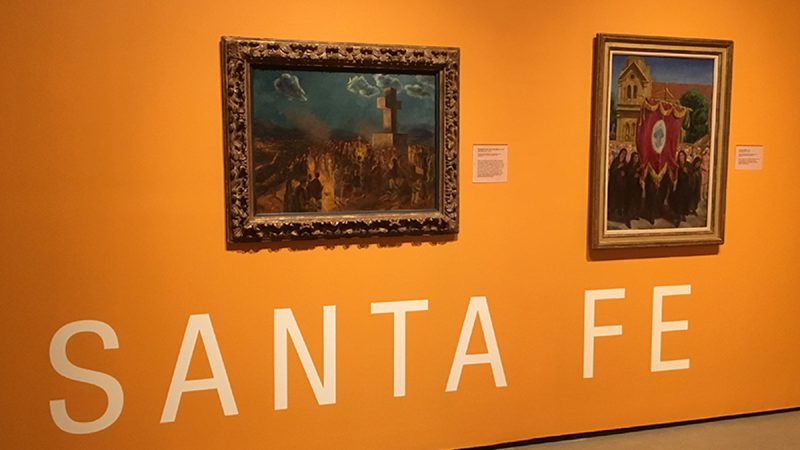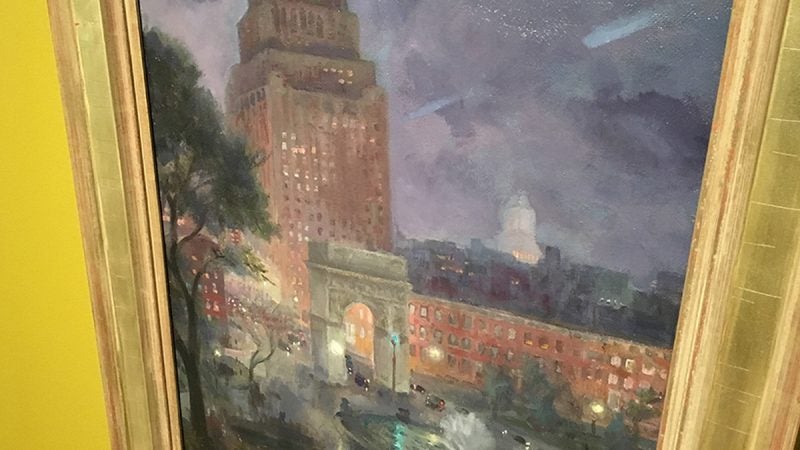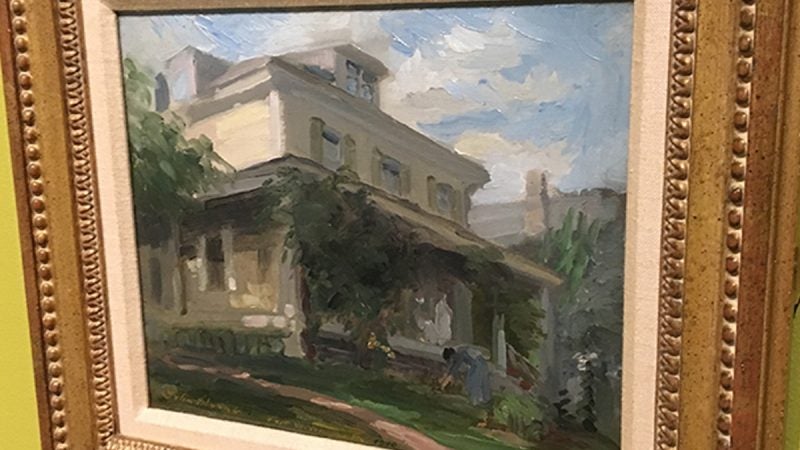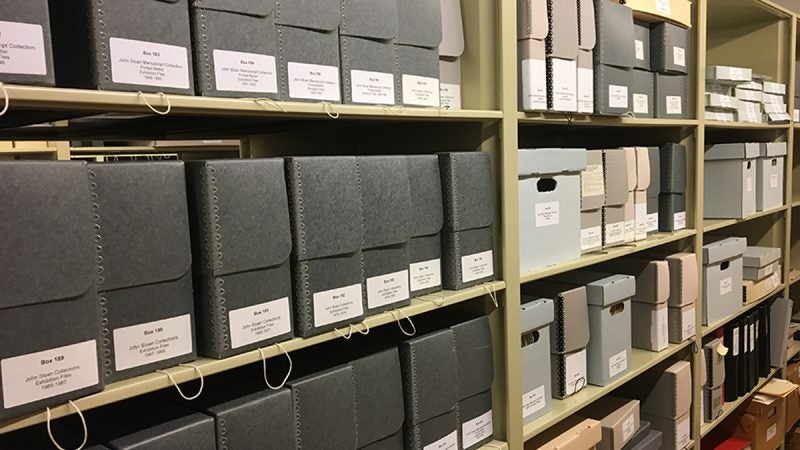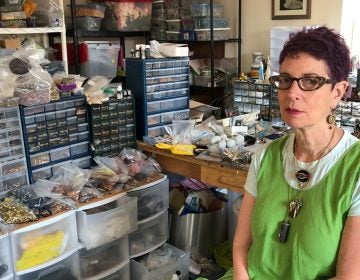Delaware Art Museum goes deep into archives for first major John Sloan exhibit since the 80s
The Delaware Art Museum houses the largest collection of John Sloan’s work and materials and more than 100 works make up the first retrospective of his career since the 1980s.
The Delaware Art Museum houses the largest collection of artist John Sloan’s paintings and archival materials and more than 100 works make up the first retrospective of his career since the 1980’s.
John Sloan was an American illustrator and realist painter. He was best known as a member of the Ashcan school of art. “It was a group of artists just painting in realist styles, not an official school and painting everyday life, largely in New York City,” said Heather Campbell Coyle, Chief Curator at the Delaware Art Museum.
Coyle worked hard to go through the treasure trove of archival materials contained in the museum’s Sloan collection. It’s the largest collection of John Sloan materials, all thanks to Sloan’s widow Helen Farr Sloan, who donated the entire collection to the museum.
“This exhibition is a true retrospective, we were really trying to give as big of an arch of Sloan’s career as we possibly could,” Coyle said.
On display you can find nearly 100 of Sloan’s best works and also items that give a glimpse into his life. The paint box that Sloan used to paint outdoors, some of his color charts and used brushes, even a copy of Treasure Island Sloan received as a boy which contain some of his earliest sketches as he drew within the book’s pages.
“Really just trying to pull out some of the treasures from the archives that we think gives people a fuller understanding of what Sloan was interested in.”
One of Sloan’s earliest jobs was as an illustrator for the Philadelphia Inquirer. He also produced the puzzles that ran in the weekend editions. There are examples of both of these works included in the exhibit.
The rest of the exhibit can be summed up as a tale of four cities. Philadelphia, New York, Gloucester, Massachusetts and Santa Fe, New Mexico were all settings for Sloan’s paintings.
As you walk through the exhibit you can see the changes in not just subject matter but also Sloan’s palette as well. “He actually starts his career as a newspaper illustrator working in black and white,” Coyle said. In 1909 a friend introduced Sloan to the ‘Maratta color system,’ which assigned notes of music to specific colors. You can see samples of Sloan’s paint samples and charts in the photo slideshow below. “Suddenly you are starting to see more reds and purples and greens in his work,” she said.
The culmination of this is perhaps best seen in the color explosion seen in Sloan’s Gloucester paintings. “His brightest colors are probably when he is working outdoors in Gloucester, Massachusetts from 1914-1918.” By this time Sloan would have been exposed to European painters. “The work of Cézanne, the work of Matisse, the work of Vincent van Gogh, and all of those artists are influencing his work as well,” Coyle said.
The museum’s archives are deep. There are 300 boxes and drawers of Sloan materials. Sometimes the boxes can have up to 500 letters in them. There are books Sloan helped illustrate, diaries, pictures and paintings and everything in between.
With 300 boxes and drawers dedicated to Sloan, there is always something new to find. Coyle is still surprised by what she finds. “The connections between Sloan and other people maybe that I didn’t realize he would’ve come in contact with.”
She found evidence of one such connection in a diary of Sloan’s: “He sits next to Andrew Wyeth at a dinner, a very young Andrew Wyeth a very old John Sloan and your like, ‘oh look, this is sort of the museums world coming together in an interesting way.’”
For Coyle, every time she comes back to Sloan she finds something new, often reflecting what is happening in the world today. “You save these things from the past and you can keep reinterpreting them and understanding them at different levels as new things are happening in the world.”
WHYY is your source for fact-based, in-depth journalism and information. As a nonprofit organization, we rely on financial support from readers like you. Please give today.






